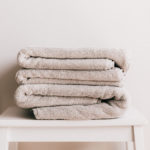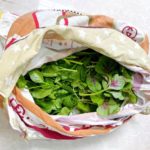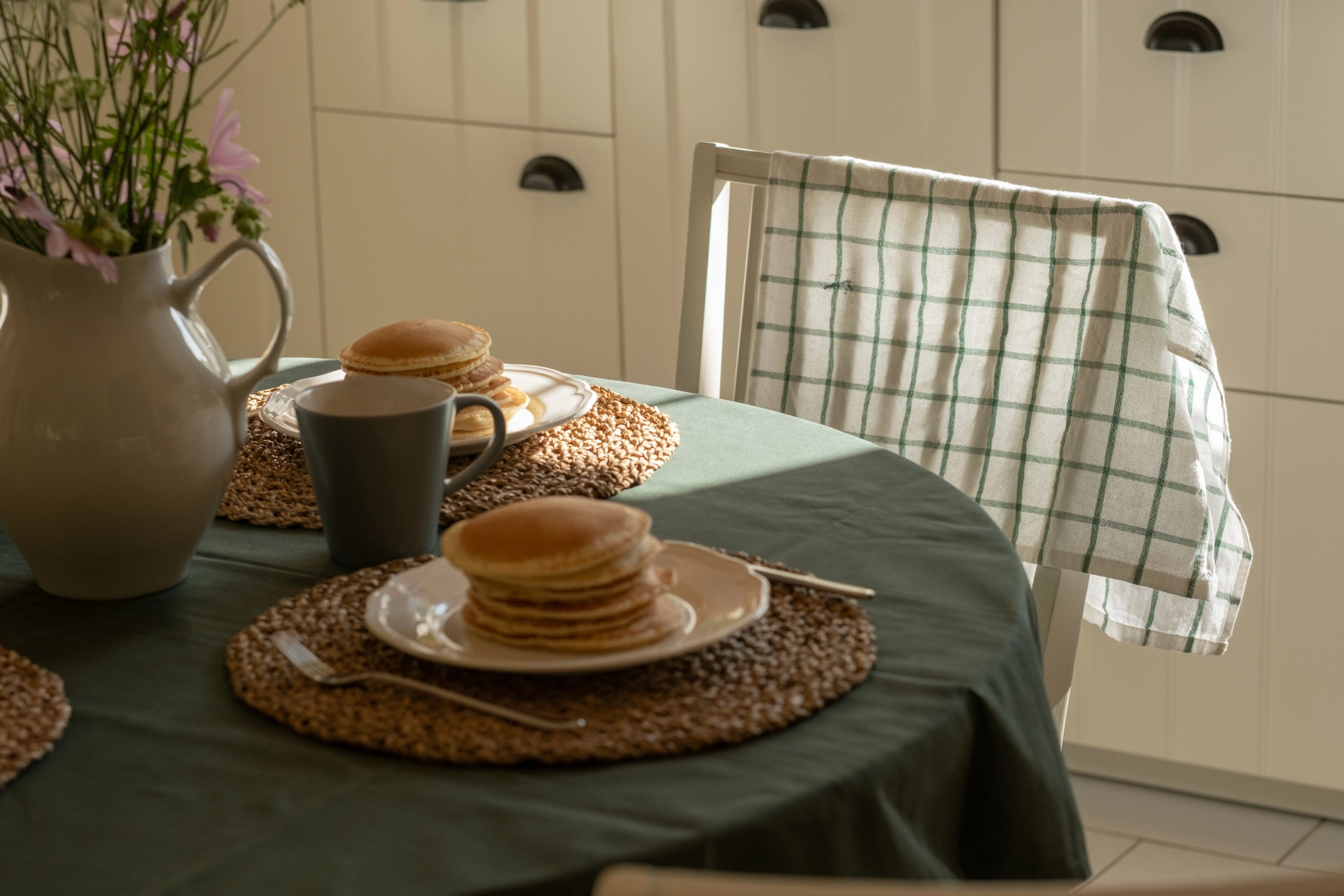
Many individuals have the practice of keeping old clothes to donate to charitable organizations. However, some items may be torn, stained, or damaged beyond usability. In such cases, these items can be repurposed as cleaning cloths for personal use, contributing to the efforts of waste reduction and conservation of the environment.
In an article by The Guardian, various effective ways are suggested to make the most out of old articles of clothing.
Cotton Fabric
According to Saniyat Islam, a textile scientist at RMIT University Australia, cotton shirts make excellent cleaning cloths suitable for most surfaces.
These shirts are typically made from soft, durable, and absorbent cotton fabric. In the kitchen, old shirts can effectively clean oil and dirt around sinks or stoves.
Fleece Fabric
Fleece fabric, known for its thin and lightweight characteristics, is commonly used for sleepwear. Saniyat suggests that the smooth fluff layer of fleece fabric is particularly effective at removing thick layers of dust.
Furthermore, after prolonged use, fleece fabric clothing tends to develop lint, which can be used as a cloth to remove dirt. Some individuals even cut fleece fabric into small squares to use as tea coasters.
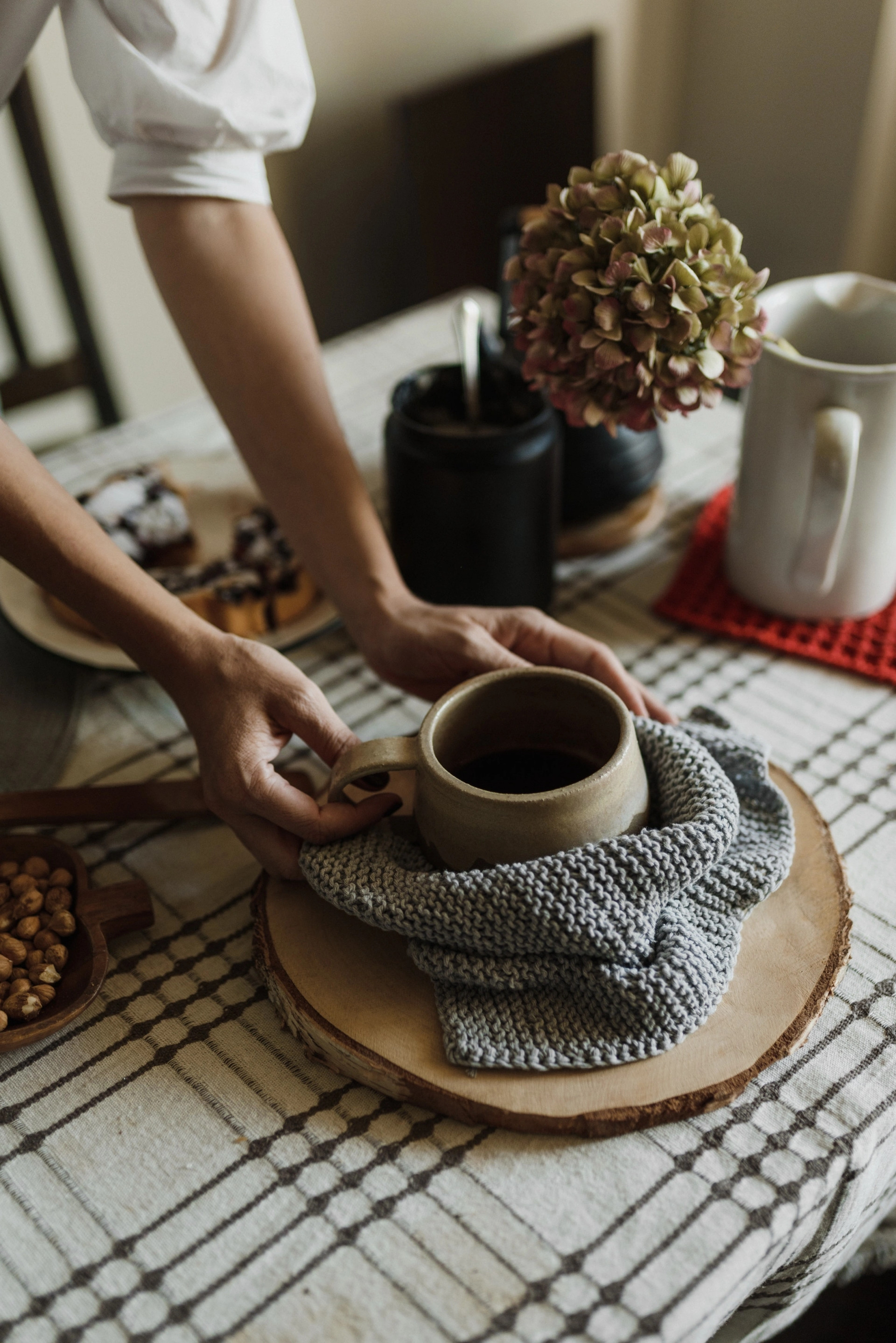
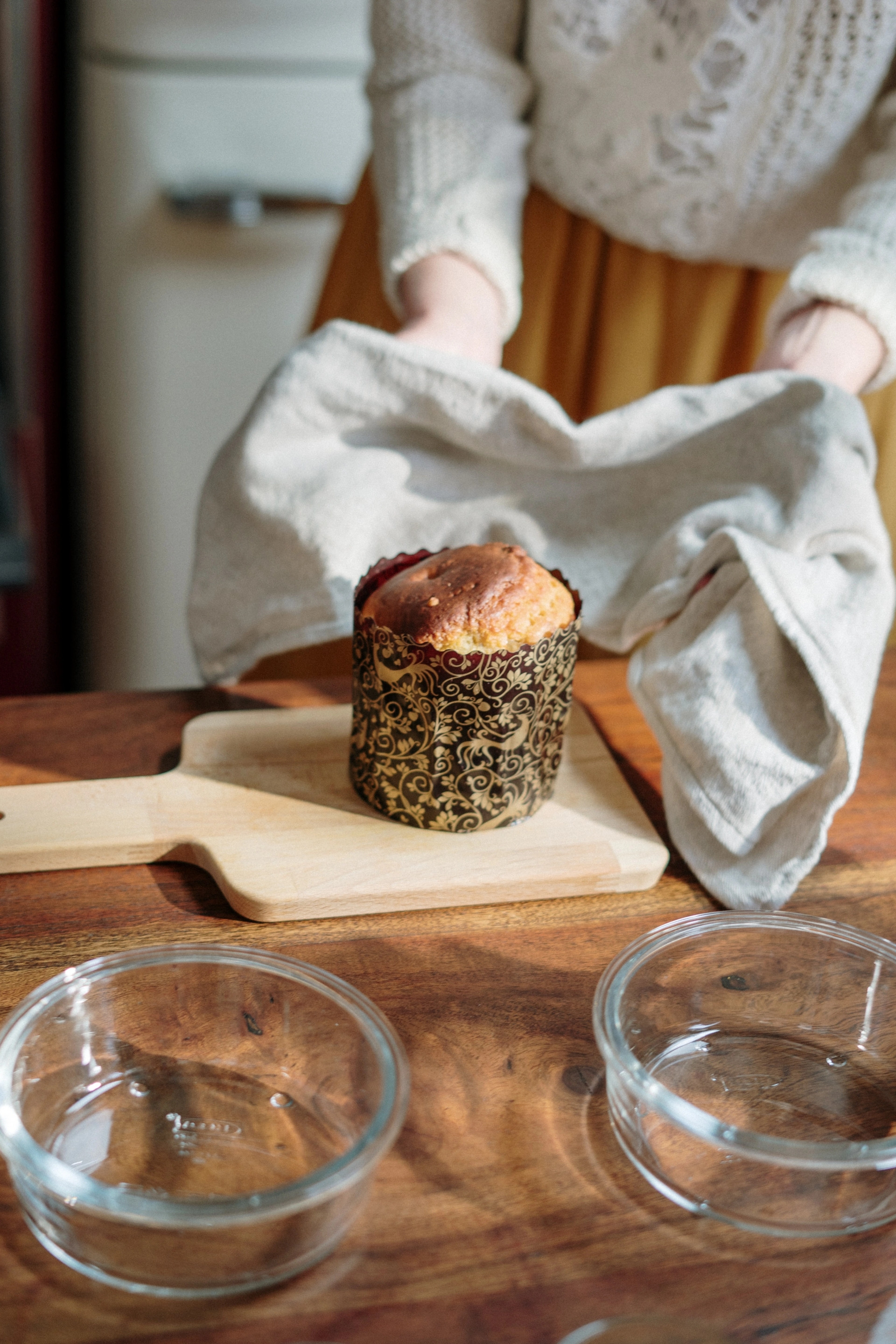
Woven Fabric
Woven fabric, such as silk and woven cotton, is characterized by its smooth and straight texture. It is commonly used for business shirts. This type of fabric is ideal for cleaning glass or mirrors, leaving the surface clean and shiny.
Nicole Mallalieu, a fashion lecturer at the Australian School of Art, explains that woven fabric has a tight fiber structure that, when rubbed, can restore items’ original shine.
Heavier woven materials like denim (jeans fabric) are not recommended for cleaning brightly colored surfaces. However, they work well for cleaning leather and wood furniture.
Considerations when Cutting Clothes into Cleaning Cloths
Prior to using old clothes as cleaning cloths, it is important to remove any buttons and hardware attached to the fabric.
It is advised to cut the fabric flat, removing any collars, seams, waistbands, and closures. This ensures a smooth cleaning cloth that will not leave marks on wet surfaces.
Finally, the fabric should be sewn together into square pieces. The cloths can be washed, folded, and used as needed.
Source: Zing


























